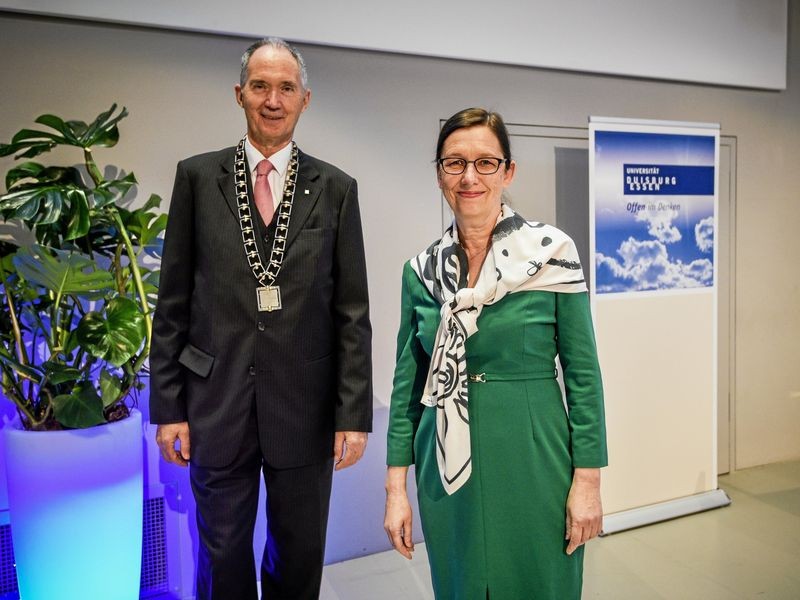Resistance Mounts: Car Dealerships Push Back Against EV Sales Quotas

Table of Contents
Financial Hurdles and Infrastructure Challenges
The transition to selling and servicing EVs presents substantial financial challenges for car dealerships. Meeting aggressive EV sales targets requires significant upfront investment and ongoing operational changes. Key concerns include:
-
High Upfront Costs: Installing EV charging stations requires considerable capital outlay. Dealerships need to invest in both the infrastructure itself (charging stations, power upgrades) and specialized tools for EV maintenance and repair. The cost of these upgrades can be prohibitive, especially for smaller dealerships with limited financial resources. This is further complicated by the lack of standardized charging infrastructure, leading to compatibility issues and increased costs.
-
Insufficient Government Support: While some government incentives exist to promote EV adoption, many dealerships feel they are inadequate to cover the substantial costs of upgrading their facilities. More robust financial support, including grants and tax breaks, is needed to encourage investment in EV infrastructure.
-
Employee Retraining Costs: Selling and servicing EVs requires specialized knowledge and skills. Dealerships must invest in training their staff on EV technology, maintenance procedures, and battery systems. This represents a significant expense, especially given the rapid pace of technological advancements in the EV sector.
-
Lower Profit Margins: Currently, the profit margins on EV sales are often lower than those on traditional gasoline vehicles. This is partially due to the higher initial cost of EVs and intense competition. Dealerships worry that focusing solely on EV sales could negatively impact their overall profitability.
-
Uncertain Consumer Demand: Predicting future consumer demand for EVs in specific regions remains challenging. Investing heavily in EV infrastructure only to find limited local demand represents a significant financial risk for dealerships.
Consumer Demand and Market Readiness
Even with manufacturers pushing for increased EV sales, consumer demand isn't always keeping pace. Several factors contribute to this disparity:
-
Range Anxiety: Many consumers remain hesitant to adopt EVs due to concerns about limited driving range and the availability of charging stations along their travel routes. This "range anxiety" is a significant psychological barrier to widespread EV adoption.
-
High Purchase Price: The higher initial purchase price of EVs compared to gasoline cars remains a major obstacle for many potential buyers. Government incentives can help alleviate this issue, but they often aren't enough to bridge the entire price gap.
-
Lack of Awareness: A significant portion of the population lacks a clear understanding of EV technology, its benefits, and how to integrate it into their lifestyles. Increased consumer education is needed to dispel myths and build confidence in EV ownership.
-
Limited Vehicle Variety: While the range of available EVs is expanding, consumer preferences for certain vehicle types, like larger SUVs and trucks, haven't yet been fully met by the EV market. Meeting this diverse demand is crucial for broader adoption.
The Role of Manufacturer Pressure and Support
The pressure from manufacturers to meet aggressive EV sales quotas is a significant source of frustration for many dealerships. Dealerships argue that these quotas are often unrealistic given the current market conditions and lack of adequate support from manufacturers.
-
Unrealistic Quotas: Dealerships claim that the imposed EV sales targets are often based on optimistic projections that don't reflect the actual consumer demand in their specific markets. These targets create unnecessary pressure and potential penalties for failure.
-
Insufficient Manufacturer Support: Many dealerships feel that manufacturers aren't providing adequate support in terms of marketing, training, and financial incentives to help them meet the challenging EV sales targets. This lack of collaboration exacerbates the financial and logistical challenges faced by dealerships.
-
Fear of Penalties: The fear of penalties, including potential franchise terminations, for failing to meet EV sales quotas adds further pressure and resentment among dealerships. This creates a hostile environment that hinders productive collaboration.
-
Supply Chain Disruptions: Disruptions in the automotive supply chain, impacting the availability of EV components and vehicles themselves, make it even harder for dealerships to meet aggressive sales targets.
Potential Solutions and Compromises
Addressing the resistance to EV sales quotas requires a collaborative effort between manufacturers, dealerships, and government agencies. Several strategies can foster a more sustainable and successful transition:
-
Phased EV Adoption: Implementing EV sales quotas gradually over a longer period allows dealerships more time to adapt their infrastructure, training, and sales strategies. This phased approach minimizes the financial burden and reduces the risk of significant disruptions.
-
Increased Government Incentives: Stronger government support for EV infrastructure development and consumer incentives is crucial. This includes expanding tax credits, subsidies for charging station installations, and targeted programs to promote EV adoption in underserved communities.
-
Industry Collaboration: Manufacturers and dealerships need to engage in constructive dialogue and collaborate on effective marketing and sales strategies to promote EVs. This collaborative approach can leverage the expertise of both parties and ensure a more cohesive market approach.
-
Improved Consumer Education: Comprehensive consumer education campaigns are essential to address lingering concerns about EV technology, range anxiety, and charging infrastructure. This will improve consumer confidence and stimulate demand.
Conclusion
The resistance to EV sales quotas reveals a complex interplay of financial constraints, consumer readiness, and manufacturer-dealer relationships. While the transition to electric vehicles is inevitable, a more collaborative and pragmatic approach is needed. Dealerships require substantial support and incentives to overcome the financial and logistical hurdles of EV adoption. Manufacturers must actively address the concerns of their retail partners, fostering a more collaborative environment rather than imposing unrealistic quotas. Ignoring the mounting resistance will only hinder the progress of EV adoption. A balanced strategy that addresses these concerns is crucial for accelerating the transition to a sustainable automotive future. By working together, we can overcome the resistance and achieve our collective electric vehicle goals.

Featured Posts
-
 Tva Group Restructuring Layoffs Highlight Challenges In The Media Landscape
May 24, 2025
Tva Group Restructuring Layoffs Highlight Challenges In The Media Landscape
May 24, 2025 -
 Tuukka Taponen F1 Debyytti Jo Taenae Vuonna Jymypaukku Laehellae
May 24, 2025
Tuukka Taponen F1 Debyytti Jo Taenae Vuonna Jymypaukku Laehellae
May 24, 2025 -
 Bbc Radio 1s Big Weekend Confirmed Artists Include Jorja Smith Biffy Clyro Blossoms
May 24, 2025
Bbc Radio 1s Big Weekend Confirmed Artists Include Jorja Smith Biffy Clyro Blossoms
May 24, 2025 -
 Frank Sinatra And His Four Wives A Retrospective On His Marriages
May 24, 2025
Frank Sinatra And His Four Wives A Retrospective On His Marriages
May 24, 2025 -
 The End Of The Nfls Butt Ban The Tush Push Persists
May 24, 2025
The End Of The Nfls Butt Ban The Tush Push Persists
May 24, 2025
Latest Posts
-
 Bestechung An Der Uni Duisburg Essen Umfang Des Skandals Und Gestaendnis Einer Mitarbeiterin
May 24, 2025
Bestechung An Der Uni Duisburg Essen Umfang Des Skandals Und Gestaendnis Einer Mitarbeiterin
May 24, 2025 -
 Radtouren Durch Essen Persoenlichkeiten Entdecken Und Die Seele Baumeln Lassen
May 24, 2025
Radtouren Durch Essen Persoenlichkeiten Entdecken Und Die Seele Baumeln Lassen
May 24, 2025 -
 Complete Guide To Solving The Nyt Mini Crossword April 8 2025
May 24, 2025
Complete Guide To Solving The Nyt Mini Crossword April 8 2025
May 24, 2025 -
 Nyt Mini Crossword Puzzle Solutions For Tuesday April 8 2025
May 24, 2025
Nyt Mini Crossword Puzzle Solutions For Tuesday April 8 2025
May 24, 2025 -
 Nyt Mini Crossword Answers Today March 13 2025
May 24, 2025
Nyt Mini Crossword Answers Today March 13 2025
May 24, 2025
